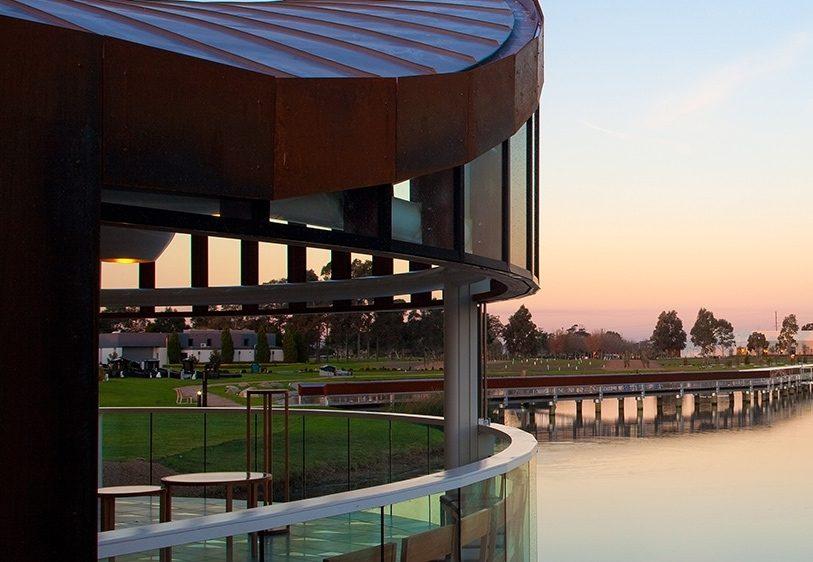Never fear, the ladybugs are here

As any avid gardener will tell you, invasive pests are one of the biggest issues for plant life come springtime. One particularly destructive pest, aphids, pose a big problem to many species of plants, especially roses, which presents a particularly tricky problem for us as the devoted guardians of over 30,000 roses at our Springvale site alone.
Pesky pests
Over the years, we have seen many approaches emerge designed to control pests, from campaigns to stop the introduction of new pests across state borders to scented traps and chemical insecticides.
Of course, it’s not all about efficiency - an important consideration is also the impact on the environment. Chemicals can have a serious impact on our ecosystem (and us) - synthetic pesticides do not degrade naturally, and when they are absorbed into the atmosphere, land, or water they persist for long periods of time. According to the 2016 Australia State of the Environment Assessment, as these chemicals work their way into the food chain, they can build up in the tissues of animals, including humans, and affect the health of populations over time.
A natural alternative
The natural world is full of ecosystem balancing acts, so for every pest there is a ‘good bug’ that can be called upon to save the day. You may be surprised to hear that one of these noble warriors is none other than the humble ladybug.
Since 2018, SMCT’s Rosarian Coordinator Rolfe Stok and his team have been driving an important biodiversity project designed to keep pest populations under control naturally through the use of natural predators.
‘In the height of spring, it is not unusual to have 3-5 thousand aphids per 10 square metres. In the last year, these numbers have halved,’ shared Rolfe.

They may seem small, but ladybugs can eat up to 60 aphids an hour each and they are considered safe contributors to the local ecosystem. When introduced in combination with other aphid-loving predators that target different stages of the insect’s life cycle, they provide an effective crowd control for pests. Within our gardens, we use larvae-targeting parasitic wasp Aphidus colemani (don’t worry, these guys don’t sting humans) together with lacewings, the perfect participants of an annual aphid banquet.
A lady-like solution
Over the last three years, the project has produced some very positive results. This year, the team is trialling the release of these ‘good bugs’ over two batches. The first takes place in July to target the emerging aphid population, and the second at the beginning of spring during peak aphid season. Each release consists of 750 adult ladybugs, 1000 Aphidus colemani wasps, and up to 50,000 lacewing eggs.
‘This natural approach gives the local ecosystem a chance to regenerate,’ Rolfe told us. ‘Bees and other beneficial insects have the chance to thrive and there is less potential damage to our wildlife, including the fish and ducks that call our waterways home.’
The process of natural regeneration takes time, but the team has seen evidence of local ladybug populations naturally emerging. Rolfe expects that in another five years, the local ladybug population will be able to sustain itself and we will no longer need to introduce adult bugs into the gardens.
In time, our horticulture team's goal is for this natural approach to stabilise aphid populations enough to eliminate the need for insecticide methods entirely. They also hope to embed a similar approach across all our sites.

Want to know more about our sustainability initiatives? Read about how we use recycled tech to help grow our roses.
Interested in growing your rose expertise? Check out Rolfe's Top 6 life hacks for roses.





